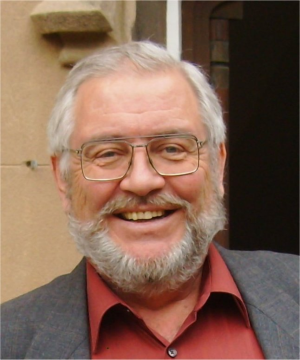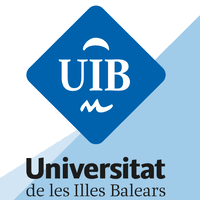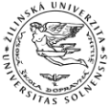Tutorial
Consolidating unpredictable power sources - SMARTGRID
Abstract
Electrical power grids of our time are still operating according to ideas born in the second half of the 19th century. Nowadays we are getting used to distributed, locally organized, reliable and partly independent services, which are able to survive the crash of the centralized ones. People invest into photovoltaic panels, windmills, etc. and what is indispensable in case of unpredictable sources ‐ significant local energy storage.
The most effective storage methods will be discussed. Thanks to the exploding amount of smart electronic devices, the Li-Ion technology is developing fast gaining large share, even if some other methods are more promising and efficient. The power of large power plants ‐ even nuclear ones ‐ should be regulated more efficiently and with less stress to the equipment. Anyway, we should have a continuous, uninterrupted and reliable transfer to SmartGrid, which should easily and efficiently incorporate all kind of efforts, independent local solutions. First, MiniGrids can be formed to ensure the smooth transition. For us, people dedicated to simulation is important that all the transients and solutions are certainly to be checked by simulation first because the extremely high investment costs of the electrical energy industry.
Curriculum Vitae
Janos Sebestyen Janosy is working for the AEMI Nuclear Energy Engineering Office Company Limited since 2014 after retiring as a Senior Adviser of the Centre for Energy Research of the Hungarian Academy of Sciences (HAS). He is a Senior Researcher since 1974, former Head of the Simulator Development Department 1994-2011, Senior Consultant to the Technical and Scientific Support Organization since 2012. He is ”Honorary Life Fellow” of the UK Simulation Society. He was awarded by the Eugene Wigner prize (founded by HAS) in 2016.
J.S. Janosy has published over 70 scientific publications in international journals and conferences. His main scientific interests: I&C systems, modeling and simulation, real-time simulation and simulators, nuclear, fossil and renewable energy production, energy distribution, smart electrical grids and energy storage.
He participated, and later managed several industrial projects connected to the mentioned topics. He is married having two grown-up married daughters, and four grandchildren. He is a Ham Radio operator (radio amateur) since 1965, mostly on short-wave bands with call sign HA5GN. He is active in shooting sports.

Centre for Energy Research
Hungarian Academy of Sciences
Budapest, Hungary
Tutorials
Tutorials for ESM'2019 can be proposed in the following three categories:
- T1- Introductory Tutorials
- T2- State of the Art Tutorials
- T3- Software and Modelware Tutorials
Tutorial proposals should be emailed to Philippe.Geril@eurosis.org, by indicating the type of tutorial you would like to suggest. (T1, T2 or T3) before APRIL 15, 2019. A confirmation email will be sent to verify that the proposal was received.
Examples of topic areas for tutorial proposals should mirror the topics in the list of conference themes and workshops.
Proposals must be submitted electronically via e-mail, as plain text or in PDF. The tutorial submission should be contained within five pages. Various parts of the proposal for accepted tutorials may be edited for incorporation in the Advance Program.
When preparing a tutorial submission, please consider the suggested template (to be linked later).
Financial Terms
An accepted conference university tutor receives a free conference registration plus a free publication of his tutorial paper. University tutorial presenters will receive also an honorarium depending on the number of attendees registering specifically for the tutorial outside the conference registrants. The precise amount of the honorarium will be determined immediately after the early registration deadline.
Tutorials that have less than 8 early registrants will face the risk of cancellation.
Tutorial Selection Committee
The proposals received will be reviewed by the Selection Committee to ensure a high quality and appropriate mix for the conference. The goal of the Selection Committee is to provide a diverse set of tutorials that attract a large interest among the broad segments within the diverse simulation community.



